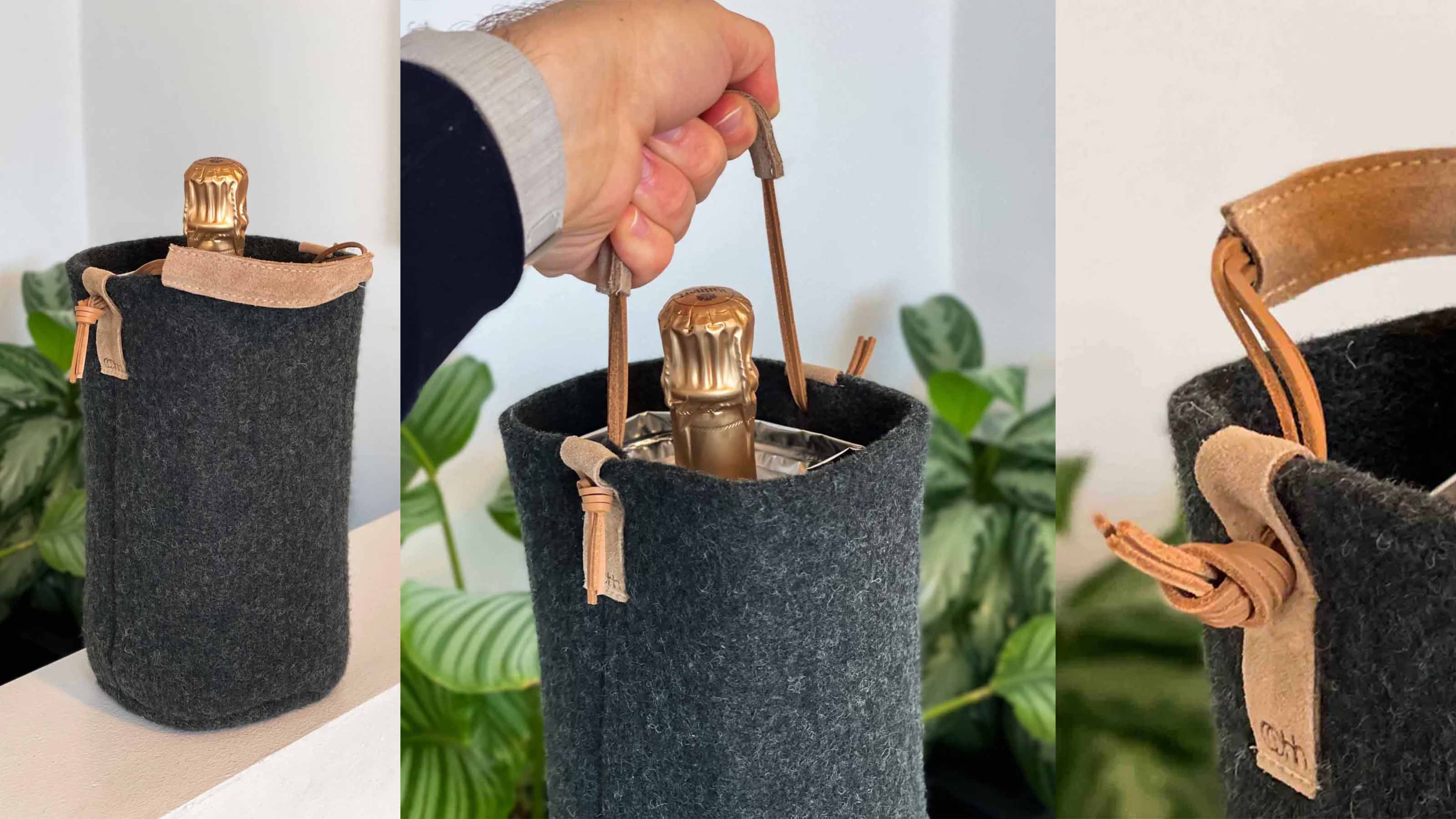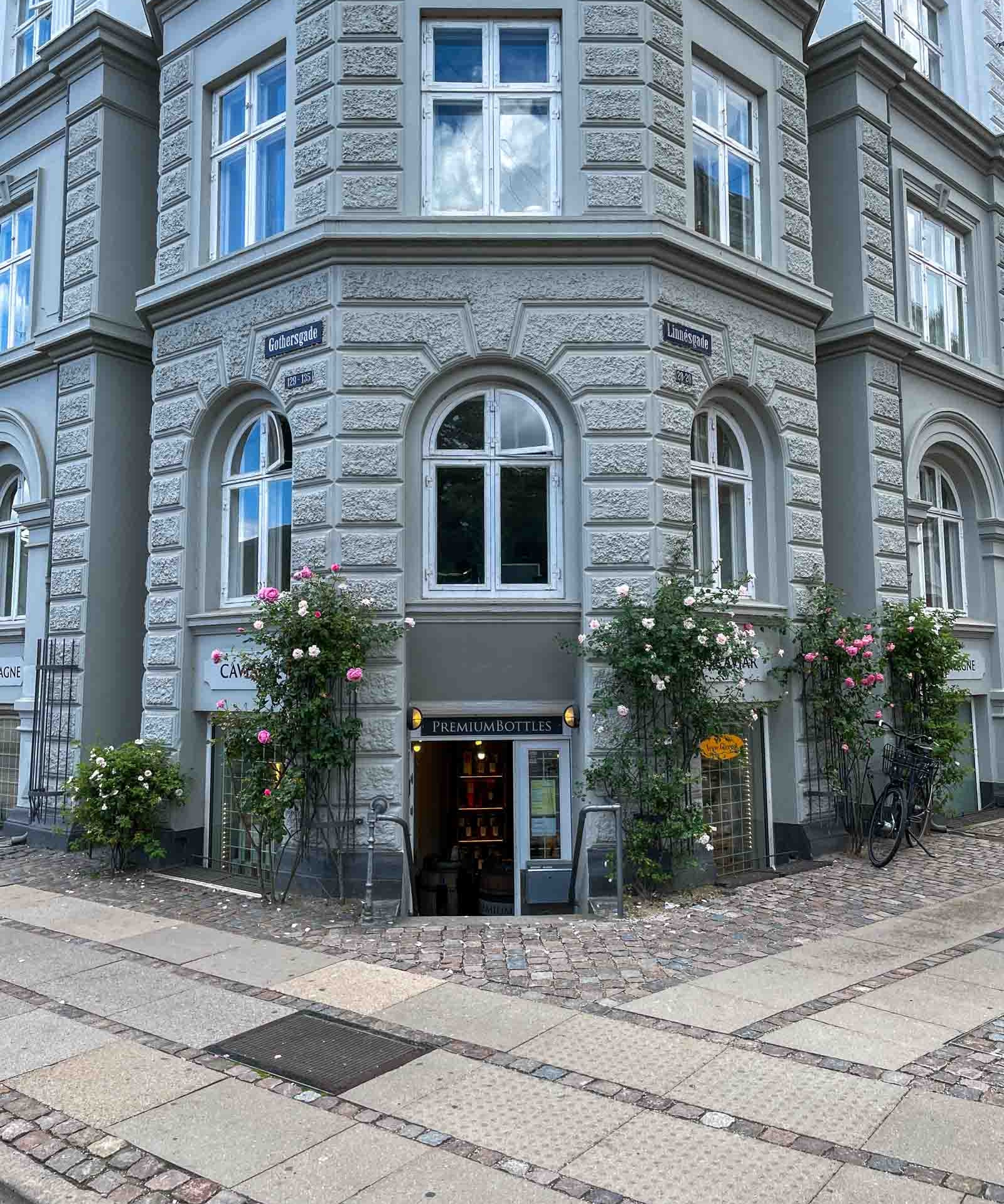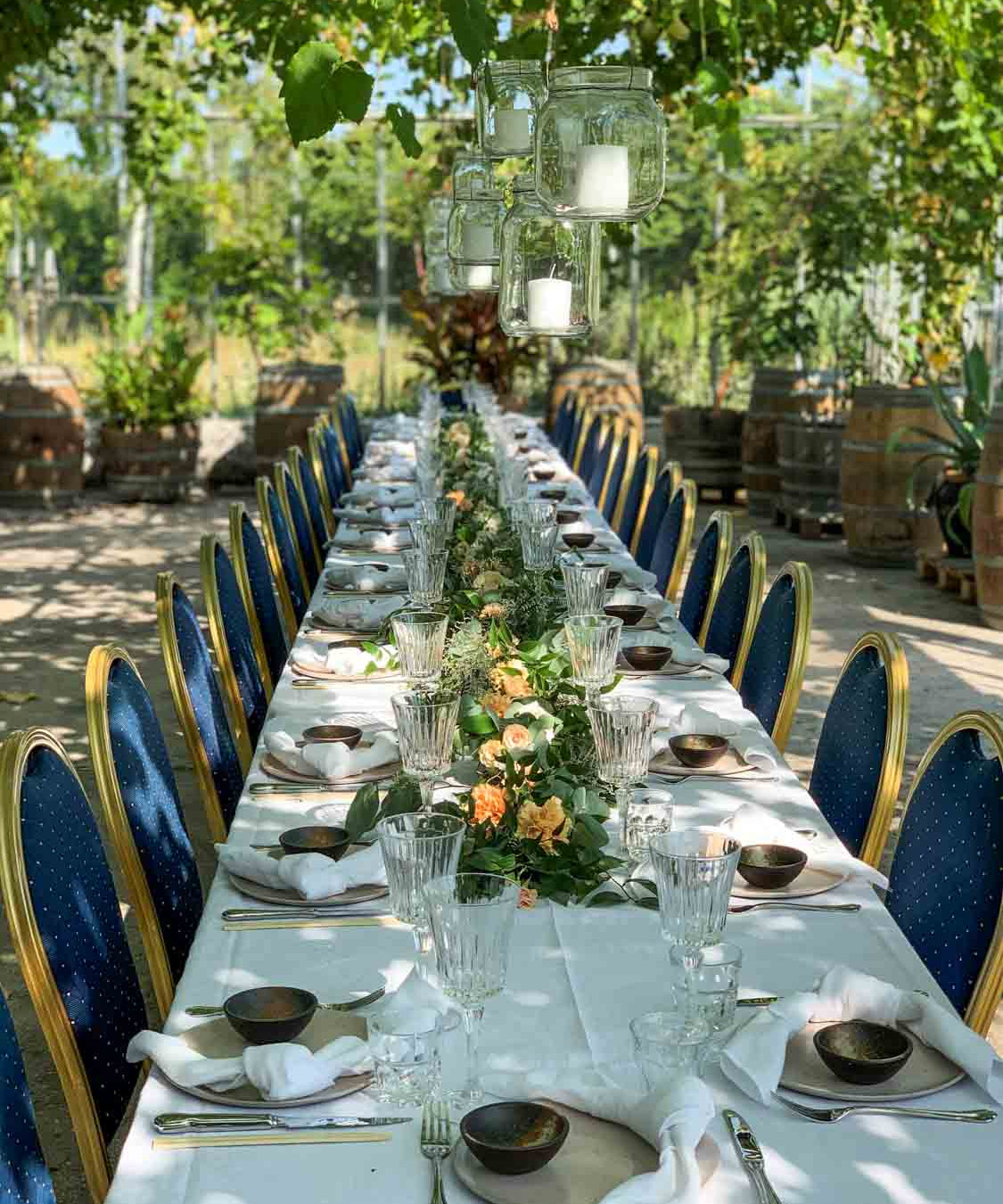This is the crispier Champagne, which is produced with the natural sugar content of the grapes, which often leaves a somewhat dry, but at the same time light and acidic Champagne. Here you often get the "pure" experience from the champagne producer.
The next category that we want to introduce you to is "very dry champagne", although not nearly as dry as a "zero dosage". Extra brut is for an intense taste experience, where the quality of the grapes and cellar work really come to the fore.

Brut is the French word for dry, so we are again dealing with a dry champagne. It is the classic dry wine and perhaps the most common champagne of them all, which goes well with the vast majority of salty snacks. A large part of the well-known champagnes are "broken".


A sweeter wine than "Brut", but is still a bit dry.
As it is a sweeter wine, it can be recommended for New Year's Eve with the wreath cake.
This semi-sweet variant is also ideal for sweet snacks, or for the person who does not like the dry and intense taste.

The very sweet wine which can be enjoyed as a dessert.
Due to the very sweet taste, this type can easily be diluted and is particularly good for drinks. You can therefore safely add ice cubes, strawberries or something else fresh to the glass, without the fear that the taste will deteriorate.































